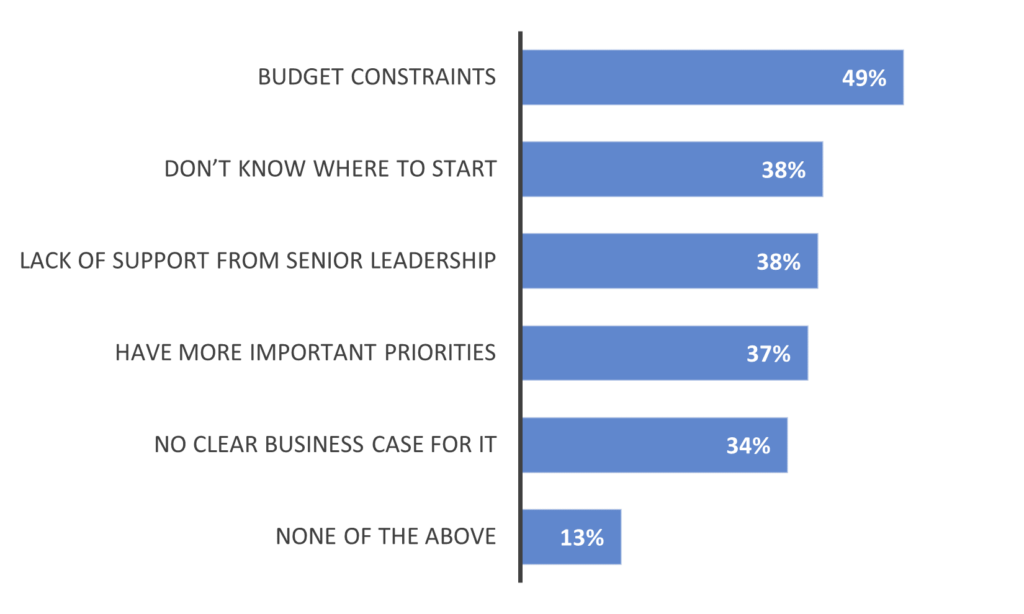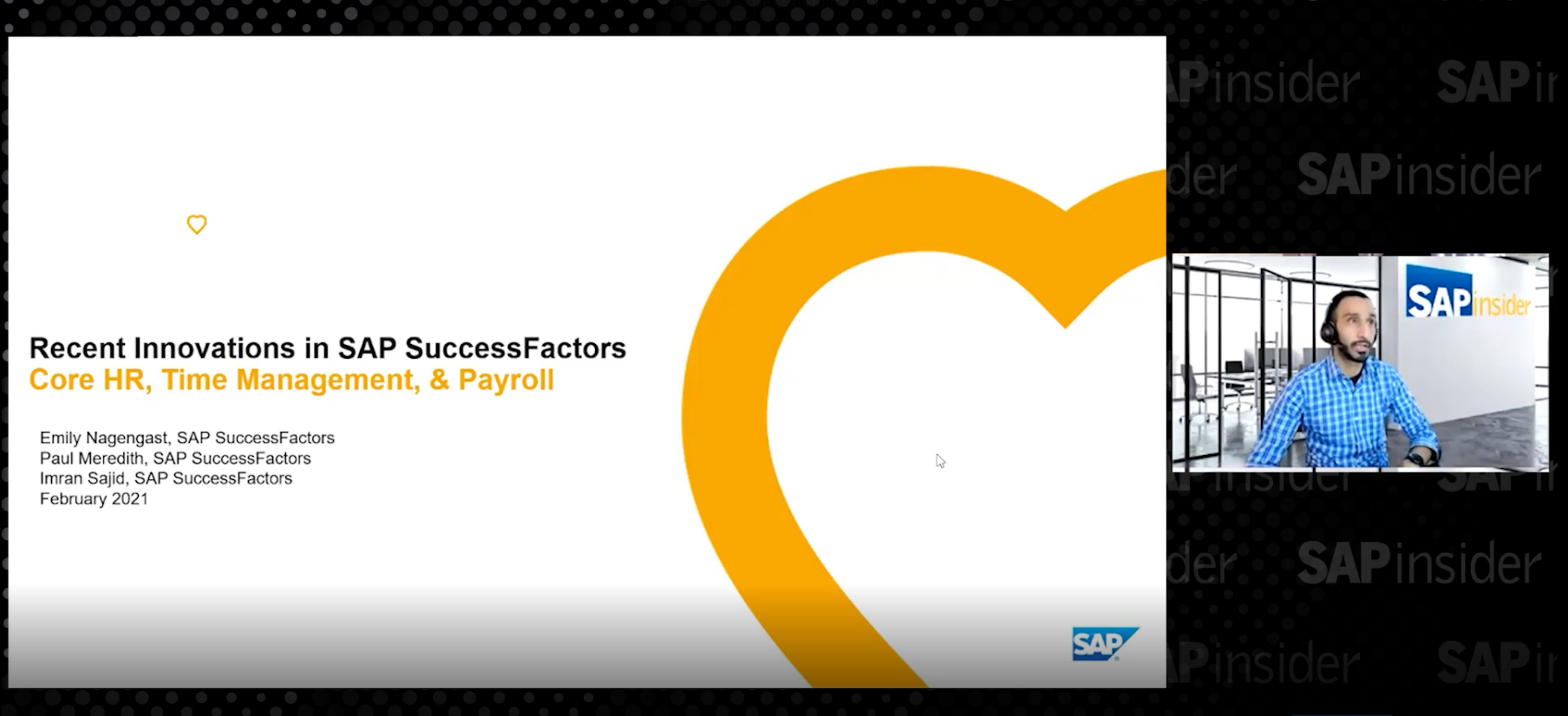Starting Small with HR Transformation
Meet the Experts
Budget is a major roadblock to HR transformation at many organizations. We take a look at SAPinsider research for clues on how to navigate that challenge.
Top Barriers to HR technology Investment

Source: SAPinsider, November 2021
“With most organizations starting transformation with a move to cloud-based systems and solutions, this is the first step towards putting infrastructure and software in place that will help provide the foundation for additional transformation projects. Although some organizations are doing business and process redesign at the same time as software deployment—for example, a move to SAP S/4HANA—this is not always a potential path for every organization. Putting the right systems and software in place first should be the starting point for future transformations.”That research also suggests focusing on being as clean as possible with early transformation steps and limiting customization as much as possible. After all, transformation is about improving processes enabled by technology—you shouldn’t be trying to fit the technology to your current process.

Reading time: 3 mins

Research Analyst, SAPinsider
Budget is a major roadblock to HR transformation at many organizations. We take a look at SAPinsider research for clues on how to navigate that challenge.
You must be a Basic Access member to access this content.





VTM Software Inc

Managing Director, Optimum Instance

President, Virginia Software Group, Inc.
Unlimited access to thousands of resources for SAP-specific expertise that can only be found here.
Access exclusive SAP insights, expert marketing strategies, and high-value services including research reports, webinars, and buyers' guides, all designed to boost your campaign ROI by up to 50% within the SAP ecosystem.

Always have access to the latest insights with articles, Q&As, whitepapers, webinars, and podcasts. Gain the inside edge. The SAPinsider Weekly helps you stay SAP savvy. Access exclusive bonus materials, discounts, and more.
Get the NewsletterYour request has been successfully sent